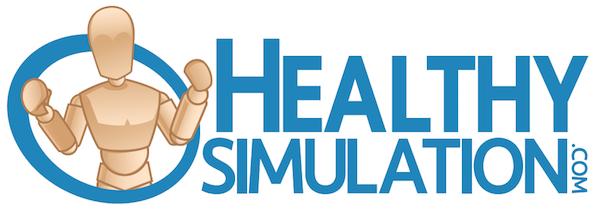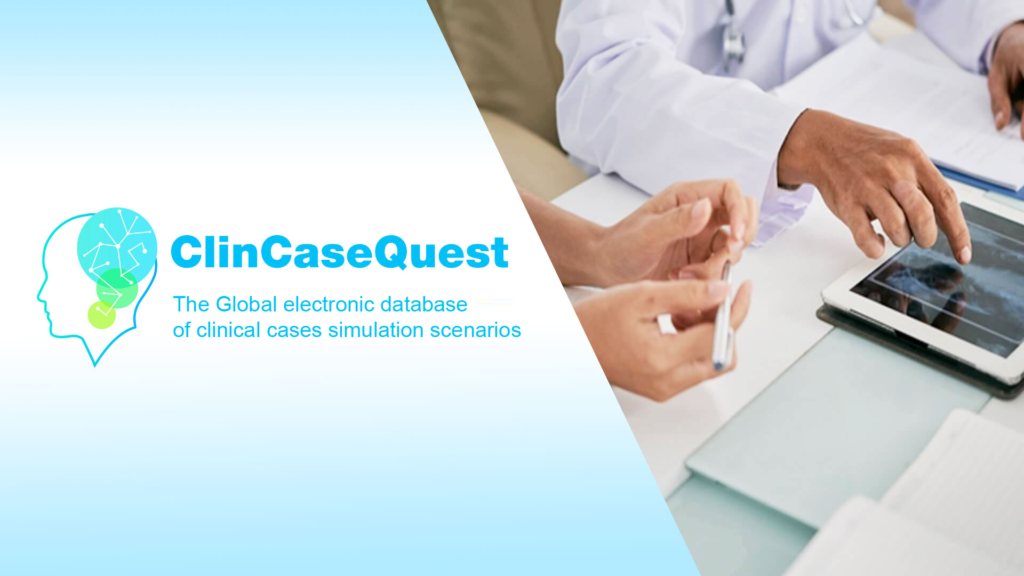Distance Learning: Benefits for Medical Education

Distance education – learning using virtual teaching materials and communications, without direct contact between teacher and students. With the development of Internet technologies, changes in the field of education, including medical, are inevitable. Online education, being introduced into practice all over the world, due to its accessibility and convenience, has a number of advantages for both undergraduate and postgraduate medical education.
Benefits of Online Education
- availability of training
- saving time and material costs
- the ability to regulate the time required to master the material yourself; take tests at a convenient time
- the opportunity to study the material of the entire lecture or just its individual fragment
- access to additional information: regulatory documents, reference materials, scientific literature, electronic dictionaries, databases, thematic publications, instructions, interactive tutorials, etc.
- feedback and dialogue with teachers regardless of distance, the ability to consult in real time, receive ongoing support
- the speed of information transfer allows you to keep up with the times, update the content in time following rapidly changing information
- the ability to promptly inform students about content changes
- motivating and encouraging students to be independent; to actively participate in the educational process; and to be responsible in their learning and regular hard work
- the ability to simultaneously train a large number of users in a short time
- a convenient system for monitoring knowledge and tracking the results of learning the studied material using electronic testing. There is a possibility of instant automatic verification which optimizes the control system
Differences between distance and part-time education
Although distance education does not imply face-to-face contact between a student and a teacher, it does not mean the same as part-time education. In fact, it is an improved form of distance learning using innovative technologies. This form makes it possible to organize the process of acquiring knowledge “without borders”, with remote access to information, systematic training, operational communication between the student and the teacher, in a convenient place, at any time, with the possibility of independent work, without reducing the quality of education. The teacher directly supervises the educational process, provides feedback to students and constantly provides methodological assistance to students.
Motivation for independent activity
Distance learning is focused on an independent person, and therefore is largely based on the methodology and psychology of active independent learning, the ability to find the necessary information and analyze own activities under the guidance of a teacher. The vector of online education is aimed not just at routine memorization, but also at cognitive and research processes as well as constant self-improvement.
Application of visualization principles in online education
Medical education is impossible without the implementation of educational practice by students. But, since in the learning process, practice always comes after the theoretical part, students who need to memorize a large amount of information often simply “lose” part of this knowledge. Therefore, in medical education, regardless of the specialty, along with the transfer of theoretical material, the application of the principles of visualization plays a significant role. Visual teaching methods contribute to a more solid assimilation of the theory, because when receiving information, the senses of students are involved and besides that, visualization affects the emotional perception of the material.
Distance learning in medical education, both undergraduate and postgraduate, makes it possible to effectively combine the transfer of theoretical knowledge to students in the relevant discipline and the use of visual teaching methods.
Online lectures using modern computer and network technologies provide ample opportunities for the use of high-quality illustrative material in various forms: diagrams, tables, videos, photographs and multimedia presentations on relevant topics. The presentation of such material in a visual form will enable students to better assimilate theoretical knowledge.
Distance learning in postgraduate medical education
Distance learning is especially relevant for continuing education of medical workers. Mobility and comfort are the advantages of online education which provide an opportunity for professional development and obtaining additional knowledge without interrupting the main practical activity, thus, saving time and money.
Online training in the ClinCaseQest platform
The basis of the educational base of the “Global electronic database of clinical case scenarios “ClinCaseQuest”” is virtual simulators of clinical cases, which make it possible to instill and develop practical skills in conditions close to real ones. Electronic courses at a high modern level provide an opportunity to acquire new knowledge, skills and abilities, revise and consolidate previously studied material, as well as analyze and evaluate the acquired knowledge. The principles of case technology used in the ClinCaseQest platform provide students with a large amount of information, making it possible to master practical skills. Educational case simulators provide an opportunity for independent decision-making in a safe environment, the choice of diagnosis and treatment of a particular nosology, and include theoretical aspects of pathology. The principles of visualization, widely used in cases, simulation technologies, such as a virtual patient, interactive simulators, make it possible to better assimilate theoretical material in a visual form.
Register on our website right now to have access to more learning materials!
ClinCaseQuest Featured in SchoolAndCollegeListings Directory
Exciting News Alert! We are thrilled to announce that ClinCaseQuest has been successfully added to…
We presented our experience at AMEE 2023
AMEE 2023 took place from 26-30 August 2023 at the Scottish Event Campus (SEC), Glasgow,…
We are on HealthySimulation – world’s premier Healthcare Simulation resource website
We are thrilled to announce that our Simulation Training Platform “ClinCaseQuest” has been featured on…
Baseline Cardiovascular Risk Assessment in Cancer Patients Scheduled to Receive Cardiotoxic Cancer Therapies (Anthracycline Chemotherapy) – Online Calculator
Baseline cardiovascular risk assessment in cancer patients scheduled to receive cardiotoxic cancer therapies (Anthracycline Chemotherapy)…
National Institutes of Health Stroke Scale (NIHSS) – Online calculator
The National Institutes of Health Stroke Scale (NIHSS) is a scale designed to assess the…
SESAM 2023 Annual Conference
We are at SESAM 2023 with oral presentation “Stage Debriefing in Simulation Training in Medical…











